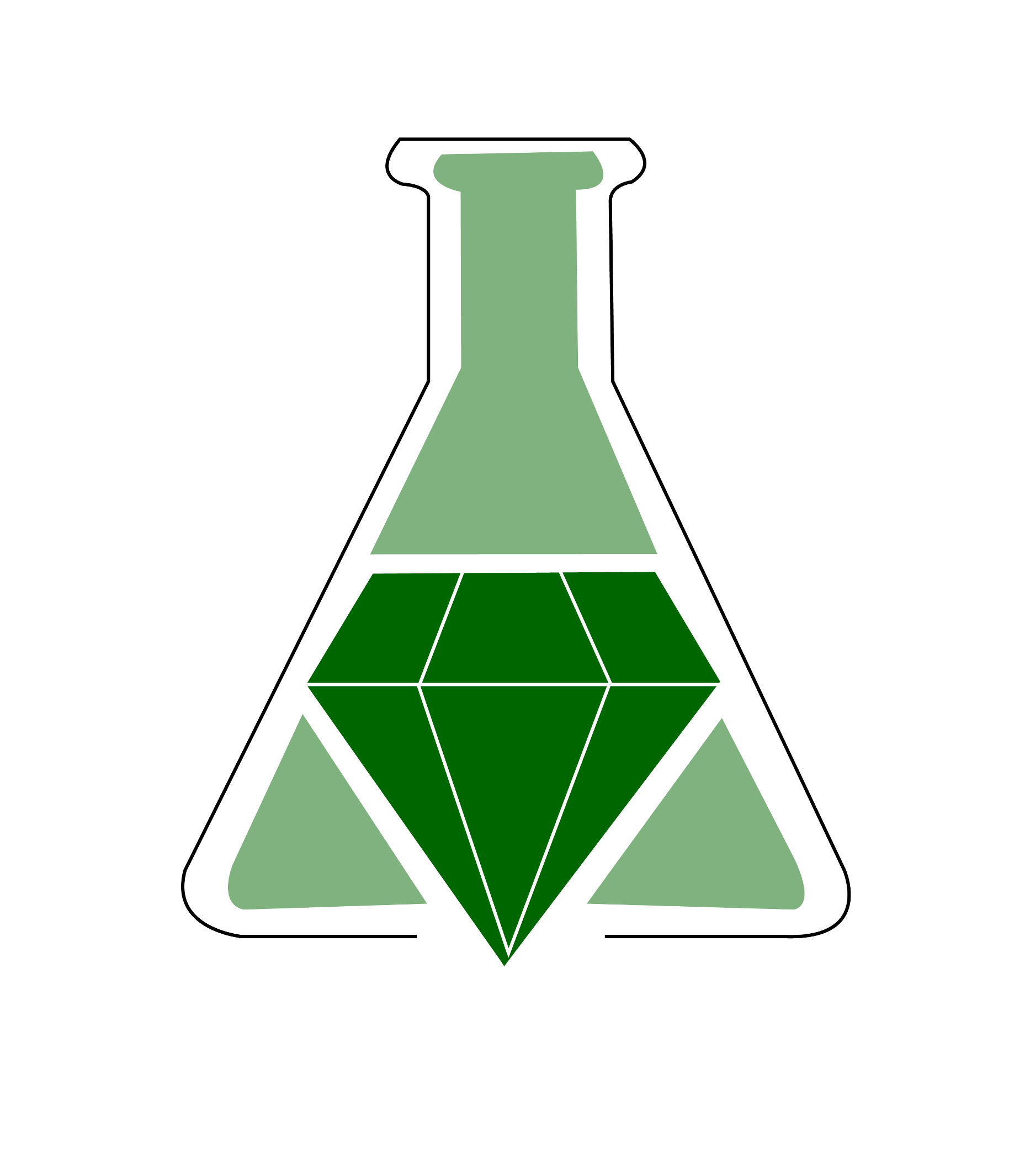The Discovery-Oriented Approach to Organic Chemistry. 7. Rearrangement of trans-Stilbene Oxide with Bismuth Trifluoromethanesulfonate and Other Metal Triflates. A Microscale Green Organic Chemistry Laboratory Experiment

Summary
It is well known that epoxides can undergo rearrangement to yield carbonyl compounds in the presence of a Lewis acid catalyst. Classically these catalysts have included a wide variety of compounds some of which are hazardous and harmful. The impetus for this experiment came from a previous lab taught by the authors in which toxic, corrosive boron trifluoride etherate was used to catalyze the rearrangement of trans-stilbene oxide. In this greener version, bismuth triflate is used at the catalyst because it is non-toxic, inexpensive, and easy to work with.
The use of a much safer Lewis acid catalyst is only one of the many green aspects of this experiment. Not only are rearrangements inherently very atom-economical, but the reaction is performed on the micro-scale which decreases the amount of waste the lab generates. Also, the reaction is performed in d-chloroform which allows for the reaction mixture to be directly transferred to an NMR tube (no work-up is required) for characterization.
Subjects that can be taught alongside this lab include the prediction of NMR spectra, migratory aptitude, epoxide chemistry, Lewis acids, and catalysis.
Supplemental information includes instructor notes, a student handout, and spectral information.
Summary prepared for the original GEMs database January 2009 by Douglas M. Young at the University of Oregon.
The Discovery-Oriented Approach to Organic Chemistry. 7. Rearrangement of trans-Stilbene Oxide with Bismuth Trifluoromethanesulfonate and Other Metal Triflates. A Microscale Green Organic Chemistry Laboratory Experiment
James E. Christensen, Matthew G. Huddle, Jamie L. Rogers, Herbie Yung, and Ram S. Mohan
Journal of Chemical Education 2008 85 (9), 1274
DOI: 10.1021/ed085p1274
The use of a much safer Lewis acid catalyst is only one of the many green aspects of this experiment. Not only are rearrangements inherently very atom-economical, but the reaction is performed on the micro-scale which decreases the amount of waste the lab generates. Also, the reaction is performed in d-chloroform which allows for the reaction mixture to be directly transferred to an NMR tube (no work-up is required) for characterization.
Subjects that can be taught alongside this lab include the prediction of NMR spectra, migratory aptitude, epoxide chemistry, Lewis acids, and catalysis.
Supplemental information includes instructor notes, a student handout, and spectral information.
Summary prepared for the original GEMs database January 2009 by Douglas M. Young at the University of Oregon.
The Discovery-Oriented Approach to Organic Chemistry. 7. Rearrangement of trans-Stilbene Oxide with Bismuth Trifluoromethanesulfonate and Other Metal Triflates. A Microscale Green Organic Chemistry Laboratory Experiment
James E. Christensen, Matthew G. Huddle, Jamie L. Rogers, Herbie Yung, and Ram S. Mohan
Journal of Chemical Education 2008 85 (9), 1274
DOI: 10.1021/ed085p1274
Safety Precautions, Hazards, and Risk Assessment
See published journal article
Link to external
